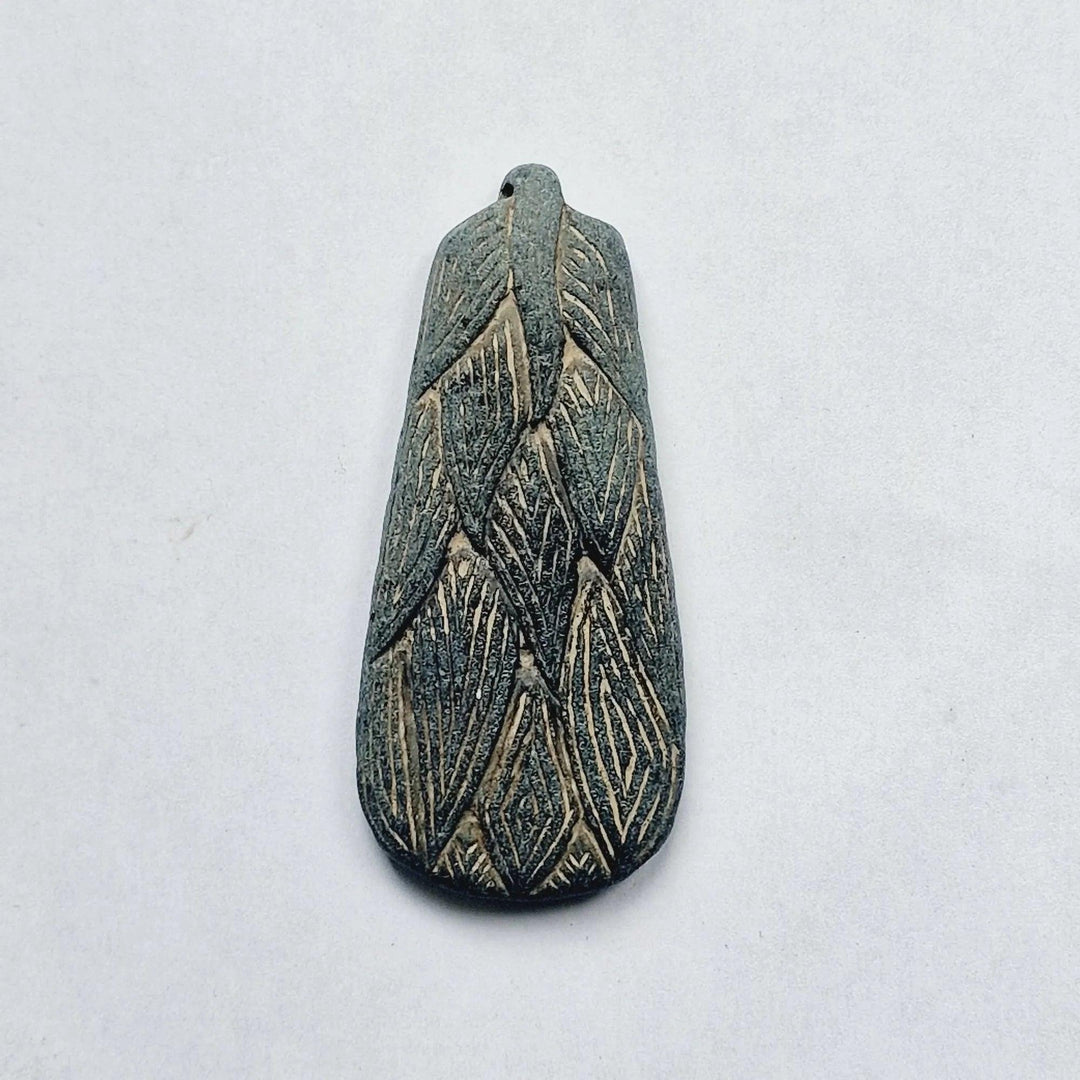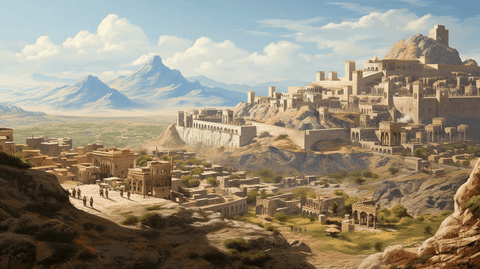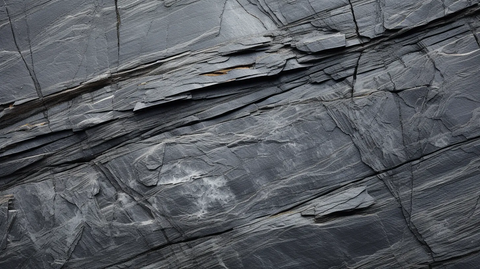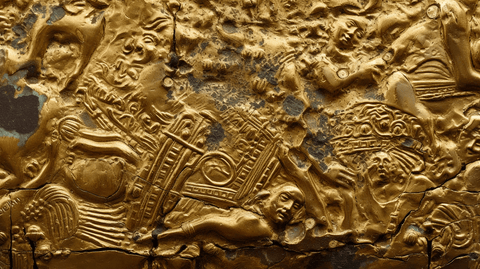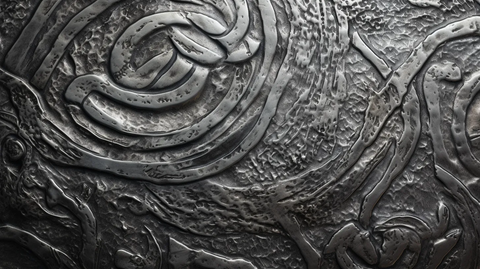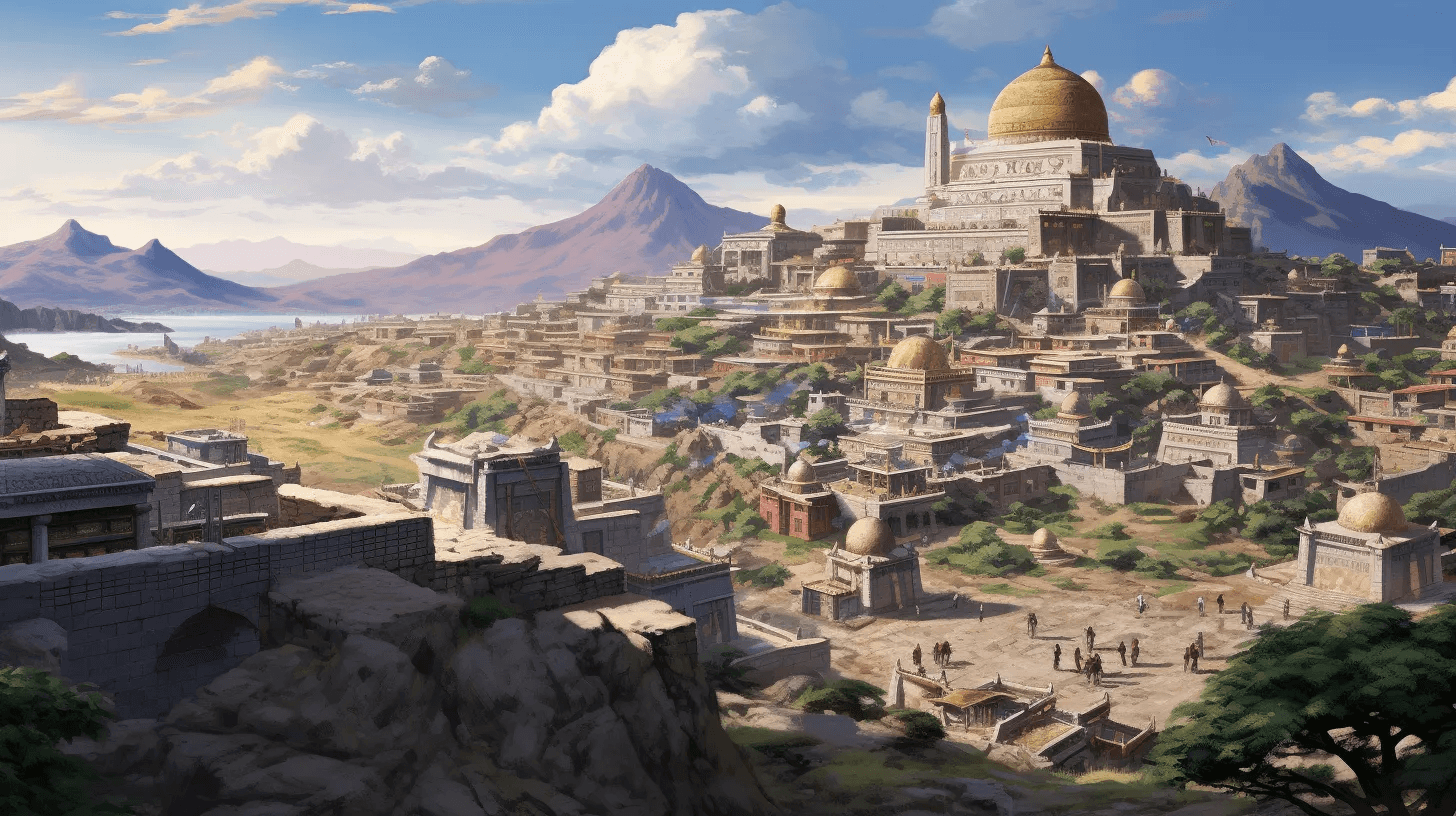
Gandhara: Artifacts from the Crossroads of Ancient Civilizations (600BCE - 700CE)
Step into the world of Gandhara with our collection of authentic artifacts. Discover the fusion of Greco-Roman and Indian artistry in a region known for its distinctive sculptures, coins, and contributions to Buddhist culture.
Gandhara - a historical region located in present-day northern Pakistan and eastern Afghanistan. Flourishing between the 1st and 7th centuries AD, Gandhara became a melting pot of cultures due to its strategic location along the Silk Road. It's particularly renowned for its unique art style that blends Hellenistic and local influences.
Key Highlights:
- Gandharan Art: Known for its distinctive sculptures, especially those of the Buddha, which exhibit Greco-Roman facial features, hairstyles, and drapery.
- Buddhist Heritage: Gandhara played a pivotal role in the spread of Buddhism, with its monasteries, stupas, and educational institutions.
- Coins and Inscriptions: The region's coins often featured Greek, Aramaic, and Kharosthi scripts, reflecting its diverse cultural influences.
- Architectural Marvels: Gandharan architecture showcased a blend of local and foreign styles, evident in its monastic complexes and urban centers.
Regions: Gandhara's influence and artistry spanned several key areas:
- Peshawar Valley: The heart of Gandhara, with sites like Takht-i-Bahi and ancient cities such as Pushkalavati.
- Swat Valley: Renowned for its Buddhist monastic centers and rock carvings.
- Kabul: An important city that witnessed the confluence of various cultures.
Valued Materials: The artisans of Gandhara, with their exquisite craftsmanship, utilized various materials:
- Schist and Stucco: Predominantly used for crafting intricate sculptures and reliefs.
- Gold and Silver: Employed for minting coins, jewelry, and decorative items.
- Terracotta: Used for pottery, figurines, and architectural decorations.
- Stone: Utilized for constructing monasteries, stupas, and other religious edifices.
Relevant Time Periods: The history of Gandhara can be segmented based on significant dynasties and cultural phases:
- Achaemenid Rule (c. 6th–4th century BC): Gandhara became a satrapy of the Persian Empire.
- Mauryan and Greco-Bactrian Influence (c. 4th–2nd century BC): The spread of Buddhism and initial Hellenistic influences.
- Kushan Era (c. 1st–3rd century AD): Marked by the zenith of Gandharan art and culture under rulers like Kanishka.
- Decline and Later Periods (c. 4th–7th century AD): Influences from the Gupta Empire and subsequent invasions leading to the decline of Gandharan prominence.
Step into our curated collection of Gandharan artifacts, each echoing tales of ancient kings, monks, and artisans. From the serene faces of Buddha sculptures to coins bearing the imprints of mighty rulers, immerse yourself in the rich heritage of a region that stood at the crossroads of ancient civilizations.




